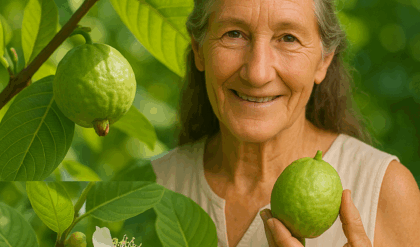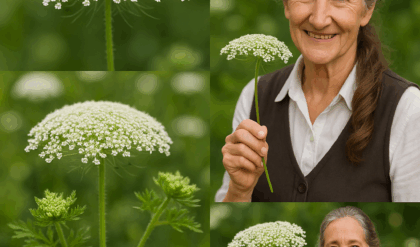Hey there! You already know that fig trees produce delicious fruit—but did you know the sap they exude is a powerful, underappreciated natural resource? With a little care and caution, fig sap can become part of your natural remedy kit, DIY garden tools, and even culinary experiments.
Let’s walk through how to safely collect, handle, and use fig sap to elevate your eco-conscious lifestyle—step by step.

🛑 Before You Begin: Important Safety Tips
☝ Fig sap contains latex, which can be a skin and eye irritant for some people. Always follow these precautions:
- 🧤 Wear gloves to avoid skin contact
- 🥽 Use protective eyewear when cutting the tree
- 🌞 Best collection time: Late spring to early autumn (active sap flow)
- 🌳 Choose healthy, mature trees only—avoid stressing young or damaged ones
🧰 What You’ll Need
- Gardening gloves
- Protective eyewear
- Sharp, sanitized knife or pruning tool
- A clean container (glass jar, small bowl, or silicone cup)
- Optional: natural tree sealant or smooth mud
✂️ How to Collect Fig Sap Safely
Step 1: Prepare Your Tools
Make sure your knife or blade is sterile and sharp to reduce damage to the tree.
Step 2: Choose a Safe Spot
Look for a healthy branch or section of trunk—no visible damage, pests, or disease.
Step 3: Make a Small Incision
Carefully slice into the bark (just a shallow cut, no more than 1–2 inches). Sap will begin to ooze slowly.
Step 4: Catch the Sap
Hold or place your container beneath the incision. You may need to wait a few minutes or leave it positioned for up to a few hours.
Step 5: Seal the Cut
Once you’re done, protect the tree. Apply a natural tree sealant or smooth mud over the wound to prevent infection and sap loss.
🌱 3 Versatile Uses for Fig Sap
1️⃣ Natural Remedy (Spot Use Only!)
- Fig sap has long been used in traditional medicine for treating warts, calluses, and minor skin issues
- ⚠️ Always dilute and do a patch test before trying it on your skin
- Do not ingest directly or use on sensitive or broken skin
2️⃣ Dairy-Free Cheese Coagulant
- Some cultures use fig sap to help curdle plant-based milk when making vegan or traditional rennet-free cheeses
- Just a drop or two per cup of warm plant-based milk can assist in coagulation

3️⃣ Garden Pest Deterrent
- Apply a small amount of sap (diluted) near plant bases to discourage certain pests
- Avoid applying directly to delicate leaves or stems—test first!
🧪 Patch Test Instructions for Skin Use
- Mix a few drops of fig sap with 1 tsp of water
- Apply a small amount to the inside of your wrist or forearm
- Wait 24 hours—check for redness, itching, or irritation
- If all clear, it’s generally safe to use on small skin areas only
🌍 Embrace Sustainable Living—One Drop at a Time
Harvesting fig sap is a small but meaningful way to connect with your environment, support holistic wellness, and reduce your reliance on synthetic products. Just be sure to do it safely and responsibly—the tree gives generously, but deserves care in return.
Have a fig tree nearby? Try it out—and discover a whole new side of nature’s pharmacy! 🍃🌳✨





